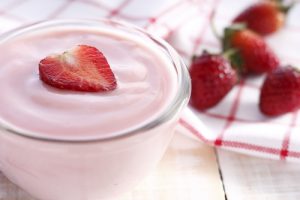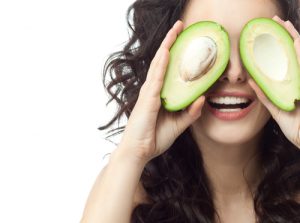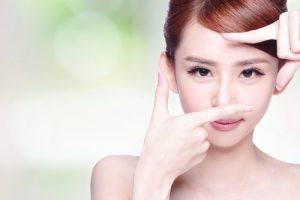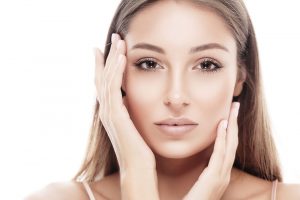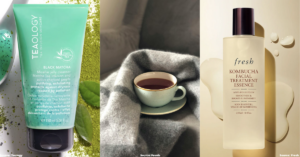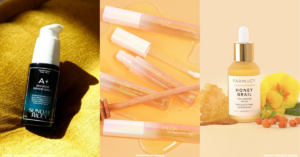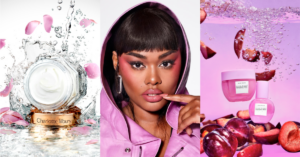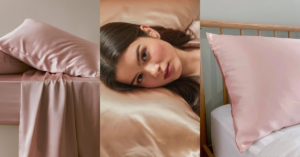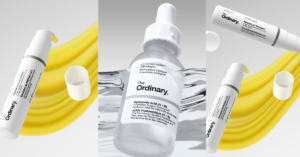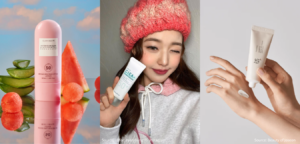Top 7 Toxins in Your Beauty Kit & What They Do to You
Founder of SaferSkin, Olivia Choong, decodes beauty ingredients and why we should avoid them.
By: Beauty Insider Journalist / March 28, 2016
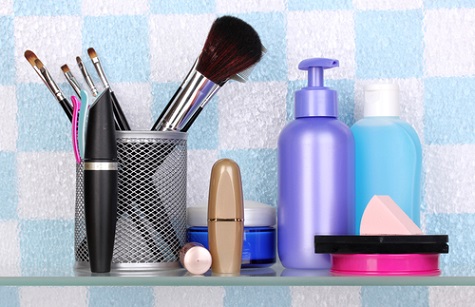
Founder of SaferSkin, Olivia Choong, decodes beauty ingredients and why we should avoid them.
Natural beauty is a recurring trend touted by popular skincare and cosmetic brands, but often times, the products used to create this particular look might not be as natural as one would hope, and can include synthetic chemicals with negative health effects. The only way to determine that is to understand and read the ingredients label.
Contents
1. TRICLOSAN
Found in many antibacterial products, including soap, deodorant, toothpaste and hand sanitizers, triclosan has been linked to endocrine disruption during tests on animals, as well as cancer cell growth.
2. PARABENS
Another controversial ingredient, Parabens are a family of preservatives used to inhibit bacterial growth in personal care products and cosmetics. Said to mimic oestrogen, laboratory tests have linked parabens to breast cancer, hormone disruption, and also reproductive issues. It is more common than not for beauty products to contain methyl-, ethyl-, propyl-, and/or butyl paraben(s).
3. COAL TAR
A liquid generated in coal manufacturing, coal tar is present in some shampoos, scalp treatments, and soaps that treat skin ailments. Available in pharmacies around Singapore, coal tar has been linked to cancer, skin tumours and neurological damage.
4. FRAGRANCE AND PARFUM
Fragrance and Parfum refers to a mix of ingredients, often 10 – 50 chemicals, which are not publicly disclosed as an industry standard as it is regarded as a trade secret. Found in products ranging from face and body wash to perfume and cosmetics, fragrance has been linked to dermatitis, allergies and cancer.
5. DIBUTYL PHTHALATE (DBP)
Phthalates include Dibutyl phthalate (DBP), which is used in nail polish and nail treatment, and Diethyl phthalate (DEP), used in synthetic fragrances and many air fresheners, but is rarely listed as an ingredient. Phthalates have been linked to endocrine disruption, developmental and reproductive toxicity.
6. PETROLATUM
Petrolatum is derived from mineral oil and is also known as petroleum jelly. Found in lip balms, moisturisers and hair care products, petrolatum has been associated with cancer, skin irritation and allergies.
7. SODIUM LAURYL SULFATE (SLS) AND SODIUM LAURETH SULFATE (SLES)
Sodium Lauryl Sulfate (SLS) and Sodium Laureth Sulfate (SLES) are surfactants, and are found in many face cleansers, body wash and shampoo products. Research has shown SLS to be skin and eye irritants, while SLEs can be contaminated with ethylene oxide and a carcinogen known as 1,4-dioxane in the manufacturing process, becoming unintended ingredients in personal care products.
If you’re looking for a more straightforward way to decide if a product and/ or ingredient is safe, download the Think Dirty app where you can key in ingredients. There is a barcode scanning function but it might not work as effectively with Singapore-based products.
Always (double) check the label
Other online resources you can look up include The Environmental Working Group (EWG)’s Skin Deep Cosmetics Database and Campaign for Safe Cosmetics.
This article comes from Olivia Choong, an advocate of safer beauty and personal care products at www.saferskin.org. She’s the chairperson of Green Drinks Singapore. Olivia also writes about gardening and green living.
Enjoyed the article? Don’t forget to like Beauty Insider on Facebook and Instagram!



